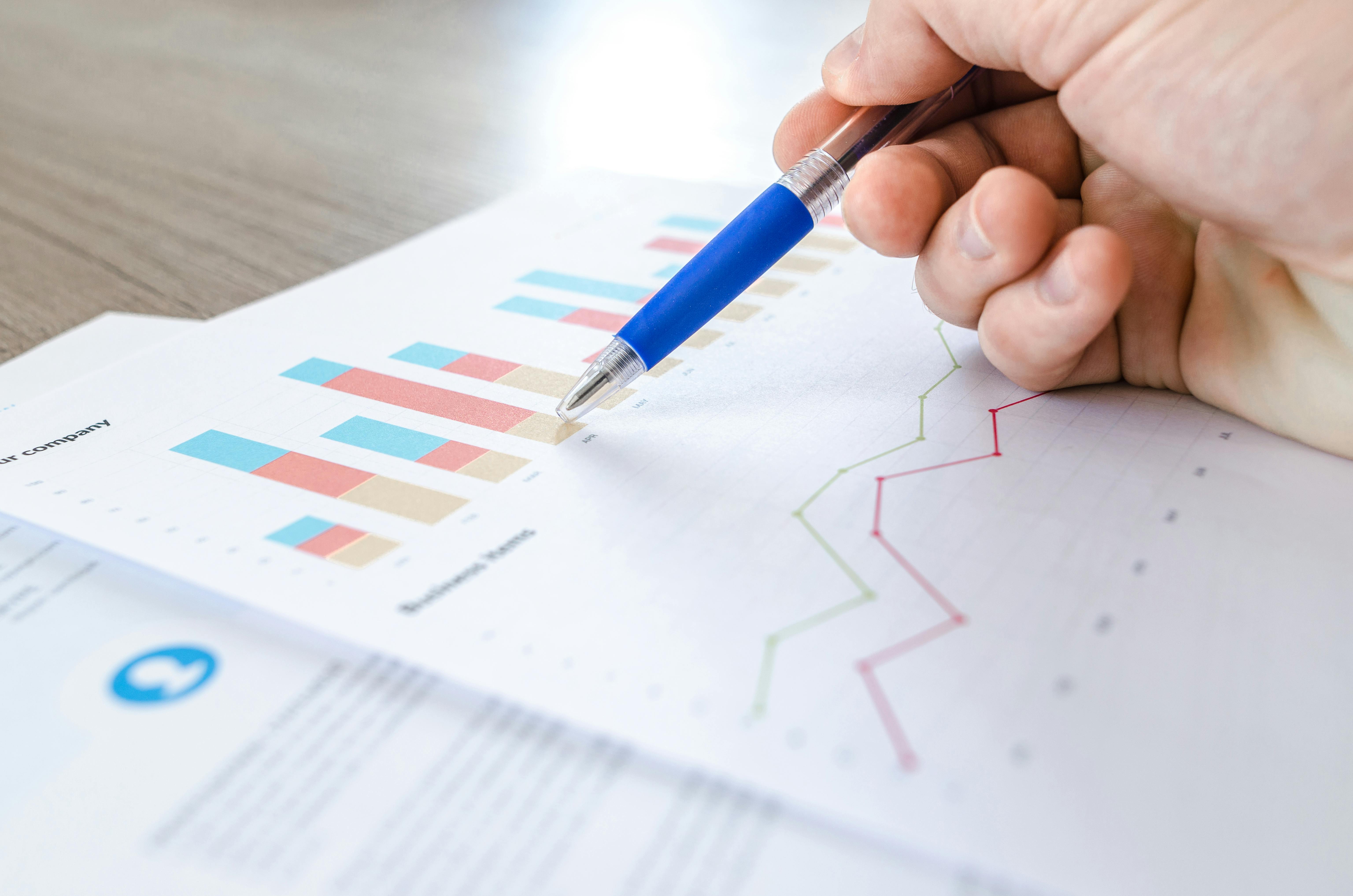Information is more important than ever to make a lasting social impact. With the right insights, nonprofit networks can pinpoint challenges, brainstorm solutions, and take action to build better strategies. So why do networks get stuck using data to grow?
There is so much data out there, so it is no surprise that many agencies and networks are collecting data they barely use. And even with the right data, organizations often don’t have the tools to evaluate it to make decisions. I see that evaluation as an underutilized catalyst for impact across networks.
Most importantly, network leaders should leverage data to evaluate and advance their theories of change. A network’s prior choices should inform the mechanisms used for social impact—and the data used to enhance them.
Where can I use data to improve my impact?
Depending on their impact model, networks can choose to use data to enhance their social impact in various ways.
-
- Project-based social impact encourages change through assets, programs, or services. Networks usually collect data for three purposes: compliance with governmental bodies, reporting to necessary stakeholders, and directive guidance. The latter is one of the most powerful levers for impact, as it is used to find areas of improvement and scaling.
-
- Learning-based social impact relies on communities of practice to grow the capacities of each network player together. Network partners can compare their outcomes to those of others who offer similar services, allowing for organizational learning and continuous quality improvement. While communities of practice can struggle to identify who is performing best, they can still catalyze network learning. By standardizing metric collection, easy-to-use data entry systems, incentives for data entry, and a learning culture, networks can learn together for collective growth. Leaning on partners who excel at any of these can begin the process of building standard metrics for comparison.
-
- Policy-based social impact requires data that differs from other models and is usually specific to the social issue. Regardless, advocacy networks find public opinion and power mapping research helpful. Public opinion research can help networks understand target groups’ beliefs and attitudes regarding campaigns. Such data helps reveal general shifts in opinions over time. Power mapping helps identify key actors associated with actions and understands how actors’ power relationships influence policy.
-
- Catalyst-based social impact aims to scale up existing models or best practices to other communities, organizations, or networks. To do this, scholars suggest that programs be implemented with fidelity or follow evidence-based practices. Networks can collect data across agencies running similar programs to find best practices. To scale a program to another community, leaders can evaluate this data to find appropriate ways to leverage best practices and adapt them to fit new contexts. With program evaluation data as a precedent, new programs can be built with fidelity.
-
- A systems-alignment-based social impact is an approach that collects data to diagnose how and why existing organizations are not serving their communities well. Networks can first identify system-level gaps in coverage by mapping out which clients or areas are not receiving services. Then, they can help redirect services to serve the entire community better. Also, network leaders can identify “leaky pipelines” that impact or are critical moments in a person’s or area’s lifecycle that require intervention. For systems-alignment methods, networks must consider data about those not receiving services and when those services are most needed.
Network evaluation challenges
Some of the most common challenges networks face when evaluating include poor data collection and analysis and navigating the limits of data. Without proper statistical controls on metrics that showcase impact, data systems can encourage skimming or view low goals as bigger wins. Networks need data on their activities and results to see the correlations.
Data does not tell all; however, leaders must evaluate network progress with the theory of change as the ultimate guide for improvement.
Aligning to the theory of change
Networks can use a few pathways of data to support their theories of change.
First, networks can address their internal and external environments. Internal network management can include transparency of the network’s impact, good or bad, leading to more goal-oriented, efficient, cohesive, and participatory actors. Externally, networks can use data for community empowerment, especially through transparency to the public. When networks use data for transparency, they allow community stakeholders to participate in the evaluation, hold members accountable, and report factual information on performance. Read more about engaging your community in my recent blog.
Second, networks can cultivate a culture of data use by modeling a growth mindset. To do this, they can create routines and rituals around sharing data, setting new goals, celebrating successes, and reflecting on challenges.
Ultimately, data can enhance social impact through program evaluation, continuous quality improvement, public opinion research, power mapping, gap analysis, identifying leaky pipelines, process evaluation, and community-led evaluation. Ultimately, a network’s theory of change, strategic plan, and issue will inform which data-harnessing strategy to use. With the correct data and standard procedures, networks can thrive toward sustained community impact.
If you want to learn more about data evaluation or need a facilitator to begin your network’s data-use journey, we can help. Schedule a free 30-minute consultation to learn how. If you like content like this, check out my book Networks for Social Impact, which includes case studies and even more tools.

